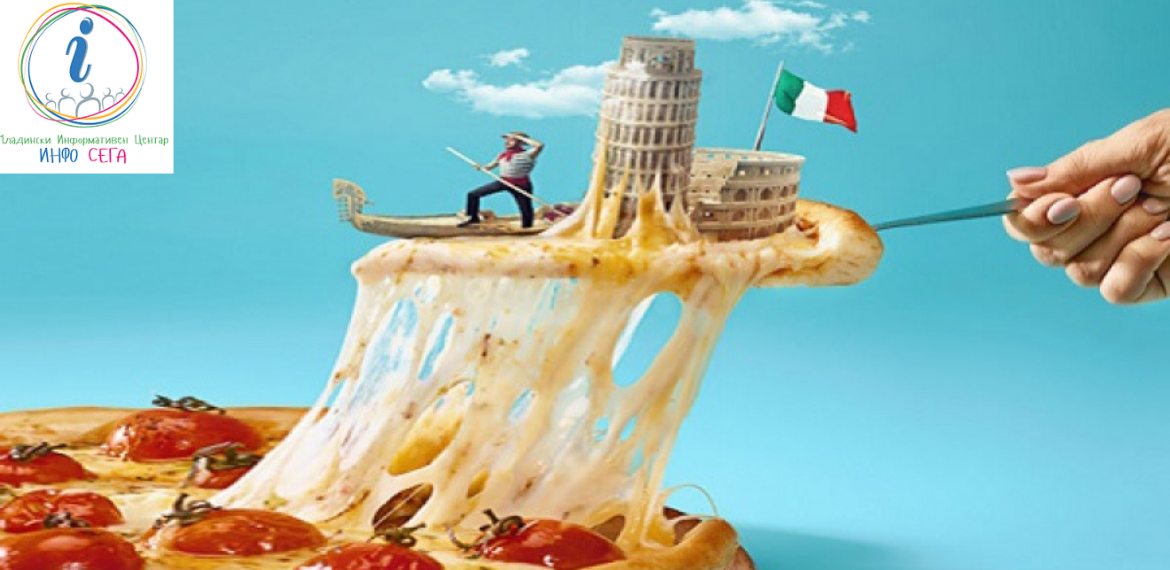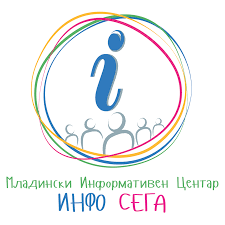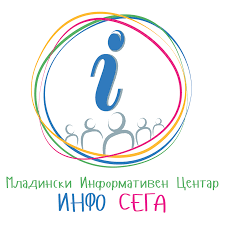
Why is Italy the healthiest country in the world?
Italy has secured its spot as the healthiest country in the world, according to Bloomberg's released Global Health Index for 2017.
The EU country of almost 60 million people is leading in factors like life expectancy, health risks, access to water and good nutrition, and quality of health care. Conversely, the United States i.e. came in at No. 34.
An annual report, compiled from statistics from the World Health Organization (WHO), the United Nations Population Division and the World Bank, ranked 50 countries out of 163. While the index in question doesn't speculate as to why certain countries ranked high, experts in health and nutrition say that Mediterranean-inspired diets – which include plenty of fresh produce, lean meats, fish and olive oil – are prominent in countries like Italy, Spain and Israel that landed near or at the top of the list.
The other countries that dominate the top places in the world’s health statistics are Luxemburg, Israel, Sweden, Japan, Spain, Australia, Singapore, Switzerland and Iceland.
The boot-shaped nation leads in a variety of factors, including life expectancy, access to healthcare and water quality. Worth to mention are also the plentiful opportunities, for those who prefer, to live a healthy active life. The Dolomites are a mountain range that stretches all along northern Italy and offer some of the best scenery in all of Europe, with extensive trails that give cyclists access to parts of the region that are not accessible to car- bound tourists.
What are the other factors, which help the state that succeeded the mighty Roman Empire from antiquity, to become the healthiest country in the world?
An earlier research, cited on quora.com in July 2017 stated that some of the main aspects that contribute for that are the Italian diet, lifestyle, national healthcare, and social life.
Diet, MODERATION. Very healthy fresh ingredients, high quality of food, in moderate to small portions. Italians really don’t like overeating or use many heavy sauces, compared to most other places. Their food isn’t always healthy but they don’t eat too much of the bad stuff. A small gelato wouldn’t qualify for a sample taste in in the U.S. wine and beer is not consumed to excess, lots of vegetables, fish, and in general it’s pretty healthy (although a little carb- heavy). Portion control, olive oil, fresh healthy foods. The younger generations are starting to eat McDonald’s and almost always order French fries at meals, so there may be a change as it slowly adopts a more American diet.
Lifestyle
People walk a lot more and are more concerned about how they look here. Most people in small towns will walk around their city center on a day off, to socialize , or after a meal.
National Healthcare
Although inefficient at times, the quality of healthcare is free and very good. There is a hyper awareness of health almost to the point of hypochondria. People get the medication, care, and services they need.
Social life
Italians are social creatures. Family, coworkers, friends are very important here. There have been many scientific studies that show the strength of your social ties is directly tied to your mental and physical health. There is still a small town mentality where people know and talk to their neighbors.
Is healthcare in Italy really free?
According to the official doctorsinitaly.com, healthcare in Italy is provided to anyone with a mixed Public and Private system. Italian law recognizes health as a fundamental right of every person and anyone present in Italy is entitled to a form of healthcare (a concept known as “Universal Health Care“).
Healthcare in Italy is not free, but the fees are usually quite reasonable and Emergency Medical Assistance is provided to anyone in need, regardless of their nationality, without asking for upfront payment.
Italy has universal health care coverage, but only some services are completely free.
Most services demand a cost-sharing and many are provided at the patient’s full expense. The co-pay fee is called “Ticket” and it is applied to some emergency room visits, specialist consultations, diagnostic procedures and lab analyses. The amount of the co-pay is different from region to region and it depends on the type of services required and on the patient’s status (there are forms of exemption – esenzione in Italian – for low income and serious illnesses).
Public healthcare in Italy
The Italian National Health Service (SSN – Servizio Sanitario Nazionale) is the Public, tax-funded medical assistance, organized and regulated by the Ministry of Health .and administered through regional authorities. To access the Italian National Health Service you must hold a valid Tessera Sanitaria (Italian Health Insurance Card) or the equivalent from another EU country (the EHIC card – European Health Insurance Card).
Foreign citizens with regular stay permit are fully entitled to the same rights and treatment as any Italian citizen.
Public healthcare is provided through regional health units called ASL (Azienda Sanitaria Locale – Local Health Authority) and Public Hospitals. In Rome, for example, there are six Public Hospitals, and more than 50 ASL offices. The ASL is an administrative organization, which manages a set of public clinics and medical services (e.g. vaccination centers, public walk-in clinics, labs for analyses and imaging, etc.).
What is free in the Italian national healthcare service?
Consultations with your public Primary Care Physician (Medico di base) and with the pediatrician (Pediatra di libera scelta) are free. Hospital admission is free if you are admitted for a necessary procedure. If you want to have an elective procedure (for example a preventive checkup), this would not be free.
Some specialist consultations, lab analyses, and diagnostic procedures are free, but only if prescribed by your public Primary Care Physician (medico di base).
You can book them with a so called “Red prescription” (in Italian “Ricetta Rossa” – also called impegnativa – it is the official document that shows you are doing a procedure within the Italian National Health Service).
So whether you come to Italy for a short trip, or you’re actually planning to become a citizen or a resident of Italy it’s good to know how things work around here To begin with if you’re just here for a quick trip and you’re not a resident just know that, that does not exclude you from being able to access Italy’s emergency services while there are a lot of people that come to Italy without an insurance, it would be not recommended to follow in their footsteps, of course it is always preferable if you are prepared before with all the required documents when planning to travel, just to be ready in case that any “blacks swans” occur.
If you want to enjoy the Italian healthy diets, self-conscious lifestyle, free and adequate national healthcare, and flourishing and vibrant social life, feel free to plan your visit or stay in Italy. Volunteering is always an excellent opportunity for the young people, to travel, do something for the common good and to meet and get familiar with the cultures of the countries, that they are working in. If you are from the EU or the EU partner states, and you are between the ages of 18 and 30, and you haven’t done the EVS under Erasmus+, you can always apply for a wonderful long or short term volunteering experience. Italy obviously would be a very cultural and civilized choice, to do the service. We’re talking about one of the cradles of civilization, when we mention the boot-shaped Mediterranean country.
So from us at Info Sega, a partner organization of Coalition of youth organizations SEGA, that is an accredited organization for sending and receiving E+ volunteers, so long from our reading journey through some of the most interesting nations in the world, with Italian taste.
Arrivederci!
Written and summarized by: Velin Nedkov

